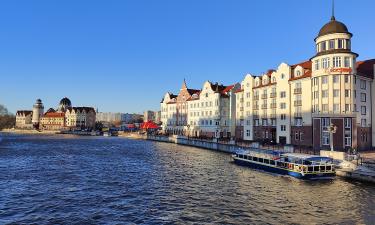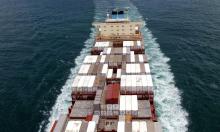U.S. politicians visit Netherlands
The United States must spend far more than it currently has budgeted in order to build an effective system defending coastal regions against disasters like that caused by Hurricane Katrina, Dutch officials said Tuesday. The Deputy Minister for Transport and Water Management Melanie Schultz made the comments after welcoming a delegation of 50 U.S. government officials, academics and business representatives on a three-day tour of the Netherlands.
A similar flood in the Netherlands in 1953 left around 1,800 people dead and spurred a 50-year project that constructed dikes, giant sea walls and flood gates that keep the low-lying country dry. Katrina overwhelmed levies and flooded large parts of New Orleans. The storm killed 1,326 people in five U.S. states, including 1,077 in Louisiana.
U.S. lawmakers Mary Landrieu, David Vitter and Bill Jefferson, and Louisiana Gov. Kathleen Blanco are leading officials on the visit. Jefferson called the trip "one of the most important visits I have ever been on. It will help make decisions back home that will determine our very future," he said in opening remarks. "We want to learn from the know-how you have already acquired," Gov. Blanco said. Adam Sharp, the spokesman for the U.S. delegation, said the Netherlands and Louisiana share a love-hate relationship with water. "We are both threatened by water, but both rely on it for our livelihoods," he said. "That balance is one that the Dutch have achieved over 50 years in a remarkable way." The trip is intended to study the feasibility of applying Dutch flood prevention techniques in Louisiana.
"Real investments are made after large disasters...and that is why this mission is so important for the Americans. They have to maintain the momentum and keep the issue on the national agenda," Schultz told journalists. Among the Dutch hosts are Crown Prince Willem-Alexander, construction industry executives and a team from the Ministry of Traffic and Water Management.
The American visitors are focusing their attention on the so-called Delta Project, which was built to protect the south of the country from any storm, save one so severe that statistically it is predicted to happen only once in 10,000 years, reports the AP. N.U.
Subscribe to Pravda.Ru Telegram channel, Facebook, RSS!




